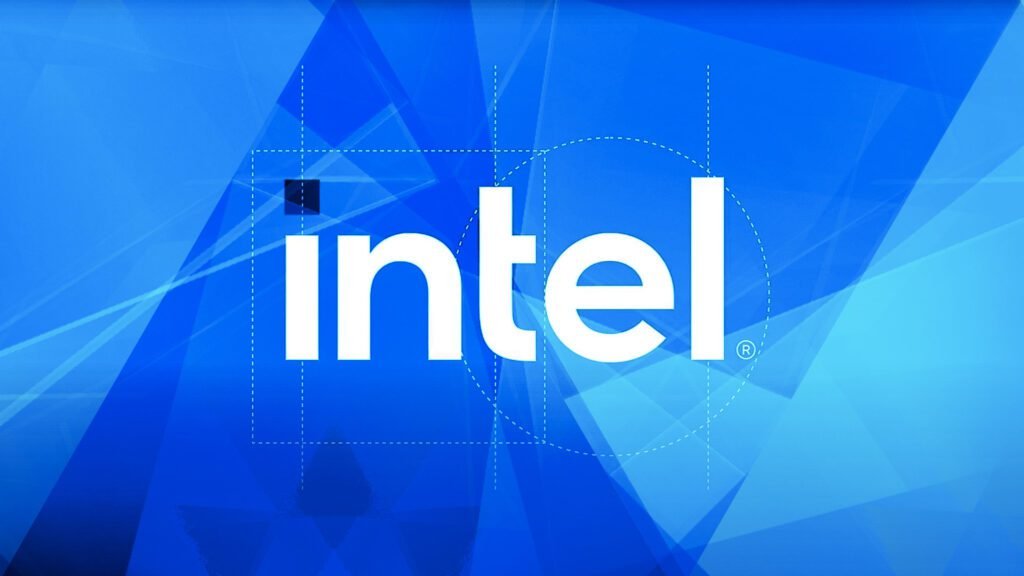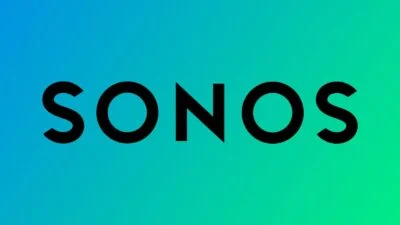Intel ready for counterattack: Windows should not become an ARM area

Intel may not have been happy with the tech industry’s recent focus : everything revolved around the new AI PCs with ARM-based processors that Microsoft was promoting. But now Intel sees its chance to strike back.
In Taiwan, the company gathered numerous press representatives from all over the world on its Intel Tech Tour at the Computex trade fair and talked a lot about its upcoming Lunar Lake chips. In the future, these should ensure that notebook hardware meets Microsoft’s requirements for the use of local AI algorithms without the use of ARM SoCs.
Lunar Lake is due to come onto the market soon and will then form the counterpart to Qualcomm’s Snapdragon X platform and AMD’s next generation. The core of the development of the new chips will be the dedicated NPU, i.e. the separate unit for calculations in neural networks, which should now deliver significantly more performance.
Intel launched the Meteor Lake generation of processors that had a peak performance of 11.5 TOPS (trillion operations per second). According to Intel, the NPU-specific performance of the upcoming Lunar Lake chips will increase to up to 48 TOPS. This can be even higher if separate GPUs are installed in a computer.
Far more than 40 TOPS
Microsoft requires at least 40 TOPS from the hardware so that future AI applications such as Copilot+ can be operated with sufficient performance. The Snapdragon X platform can deliver this performance and thus finally represents a chance for ARM-based systems to finally play a significant role in the Windows world.
This is of course not a particularly tempting prospect for Intel, after having already lost Apple to the competing architecture a few years ago. The commitment is now accordingly great to remain the clear number 1 among users of the Microsoft operating system.
To achieve this, however, more than just significantly increased AI performance is required. Ultimately, you also have to keep up with the enormous energy efficiency of the ARM systems, which enable notebooks to achieve long battery life. Here, too, Intel wants to have come a long way by having the developers continually optimize the performance-per-watt ratio. How all this will work in practice can only be finally assessed when the first Lunar Lake systems are actually on the table – but there are certainly signs that the new competitive situation is bringing a lot of life into the matter.
Digital marketing enthusiast and industry professional in Digital technologies, Technology News, Mobile phones, software, gadgets with vast experience in the tech industry, I have a keen interest in technology, News breaking.












